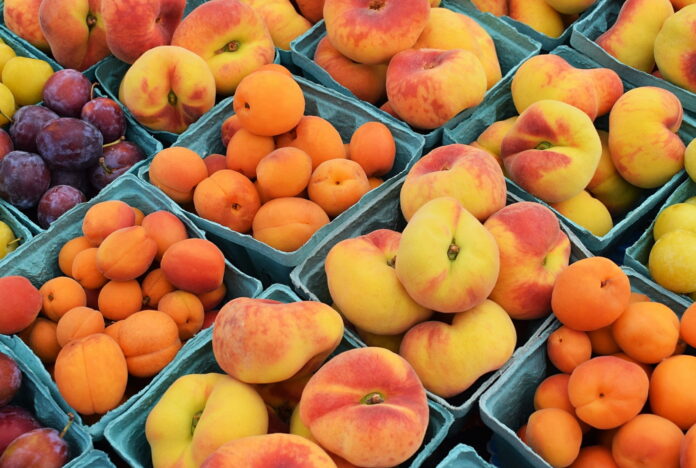In a world where culinary shows and exotic food markets celebrate the abundance and variety of food, it’s easy to forget that for many, food is not a given but a luxury. Food insecurity, the state of being without reliable access to a sufficient quantity of affordable, nutritious food, is a harsh reality for a significant portion of the global population. This article delves into the complexities of food insecurity, exploring its causes, consequences, and potential solutions.
The Harsh Reality of Food Insecurity: Understanding the Global Crisis
Food insecurity is a global crisis that affects millions of people, transcending borders and socioeconomic statuses. According to the United Nations, nearly 9% of the world population, or about 690 million people, were undernourished in 2019. This number is expected to rise, exacerbated by factors such as climate change, conflict, and economic downturns. Food insecurity is not just about hunger; it’s about the lack of access to nutritious food that is necessary for a healthy life. The crisis is not only about the quantity of food but also about the quality and diversity of diets.
The daily reality for the food-insecure is a constant battle. In developed countries, food deserts—urban areas where affordable and nutritious food is hard to obtain—are a growing concern. In developing nations, the situation is often more dire, with many individuals relying on subsistence farming, which is vulnerable to environmental shocks. The scarcity of food leads to a cycle of malnutrition and poverty, as individuals are unable to work or learn effectively without proper sustenance.
The Ripple Effect of Hunger: How Food Insecurity Impacts Health and Society
The impact of food insecurity extends far beyond the immediate pain of hunger. It has profound implications for public health, as malnutrition leads to a weakened immune system, stunted growth in children, and increased susceptibility to diseases. The World Health Organization has reported that stunting affects 144 million children under the age of 5 globally, with long-term consequences for their cognitive development and future economic productivity.
Moreover, food insecurity can destabilize societies. It is both a cause and effect of social unrest and conflict. When people are desperate and hungry, they are more likely to engage in risky behavior, including migration and participation in illicit activities. The societal costs are immense, with increased healthcare expenses, reduced workforce productivity, and strained social services.
Bridging the Gap: Innovative Solutions to Combat Food Insecurity
Addressing food insecurity requires a multifaceted approach that tackles its root causes. Governments, non-governmental organizations, and private sectors are innovating to create sustainable solutions. One approach is investing in agricultural technology to increase food production in a sustainable manner. Initiatives like vertical farming and precision agriculture can help maximize yield while minimizing environmental impact.
Another critical solution is improving food distribution systems to reduce waste. It’s estimated that one-third of all food produced globally is lost or wasted. Innovations in supply chain management and the development of food-sharing platforms can ensure that excess food reaches those in need rather than ending up in landfills. Additionally, social programs that provide direct assistance, such as food stamps or school meal programs, play a vital role in ensuring that the most vulnerable populations have access to nutritious food.
Food insecurity is a complex crisis with far-reaching consequences. It is a stark reminder that for many, the luxury of a full plate is an unattainable dream. However, through a combination of technological innovation, policy reform, and community engagement, there is hope for bridging the gap between abundance and scarcity. By understanding the scale of the problem and working collaboratively towards solutions, we can move towards a future where food is a basic right, not a luxury.
